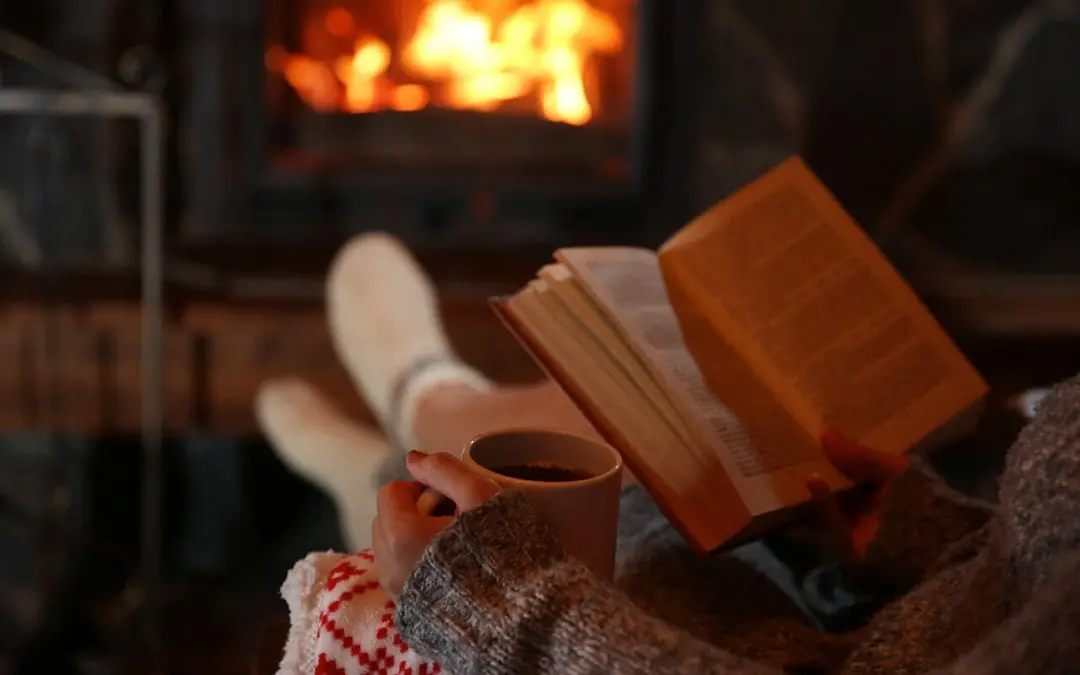Like other components in your home, the fireplace needs routine cleaning and regular upkeep. Preparing your fireplace for another season will help make sure your home is a safe and warm place to create memories with family and friends. Here are a few tips for fireplace safety and maintenance.
Keep up With Fireplace Safety and Maintenance
Handling a few important maintenance tasks helps you operate your fireplace safely. When you know that the chimney is in good shape, the firebox is clean, and flammable objects are away from your fireplace, you can enjoy a cozy space to relax and entertain.
Check the Chimney
At least once a year, check the chimney for cracks, loose or broken bricks, and other damage. Even small structural issues could become major problems if they’re not fixed. Have a professional make repairs before lighting a fire. Other important areas of the chimney to check are the damper and the chimney cap. The damper controls the airflow to the fireplace and the chimney cap keeps leaves, rain, and animals out of your chimney.
Creosote is a substance that accumulates on the inside of the chimney as a by-product of burning wood. It forms when soot and smoke condense on the cooler walls of the chimney. Creosote is flammable and a build-up of this material can ignite, starting a chimney fire. To remove creosote, hire a chimney sweep. He or she will clear the flue of leaves, animal nests, and creosote build-up.
Prune Trees
To properly prepare your fireplace for use, trim overhanging trees that may obstruct the opening of your chimney. Falling debris from trees can damage the chimney cap and pose a fire hazard if embers drift up and out of the chimney. Airflow may also be obstructed if tree limbs grow densely near the chimney, causing smoke to back up into the interior of your home.
Fireplace Safety and Maintenance Involves Removing Ashes
Remove ashes that were left in your fireplace from last season. Properly cleaning out the firebox gives your fireplace a fresh start. During the winter, you can safely leave an inch of ashes in the fireplace; it provides some insulation for burning coals. However, don’t allow the piles of ashes to grow more than an inch. Clear out ash after it has cooled for a couple of days. Dispose of cooled ashes in your compost pile. At the end of the season, clear out the ashes completely. Ash is acidic and can damage the brick if left in the firebox.
Choosing Firewood
To take care of your fireplace and chimney, only purchase seasoned hardwood. This type of wood is dry and burns cleaner, producing less smoke, soot, and creosote. Don’t burn damp firewood or trash in your fireplace. Paper products can release toxins as they burn and burning materials may float up the chimney and ignite creosote or tree limbs overhanging the roof.
Fireplace Safety
Before starting a fire, check the area to verify there are no flammable materials nearby. Move furniture at least three feet away from the fire. Tie curtains back and keep upholstery, rugs, and other materials a safe distance from the hearth. Keep holiday decorations like garlands, stockings, and the holiday tree away from the flames. If you do hang stockings there, remove them before building a fire.
Install a fireplace screen to block embers from popping out of the fire and onto your flooring. Purchase a set of long-handled tools and fire-resistant gloves to help you tend to the fire without getting burned.
Before striking the first match, set up the firewood. Build a modest stack of wood on an iron fireplace grate to help prevent mishaps. Firewood can shift as it burns, so put the firewood far enough back to prevent logs and embers from tumbling out of the fireplace.
If you take care of your fireplace and schedule maintenance before your first winter fire, you and your guests can relax and safely enjoy the warmth and festive atmosphere of your home.
HomeSpec offers home inspections to customers in North Mississippi and Southwest Tennessee. Contact us to request our services.

